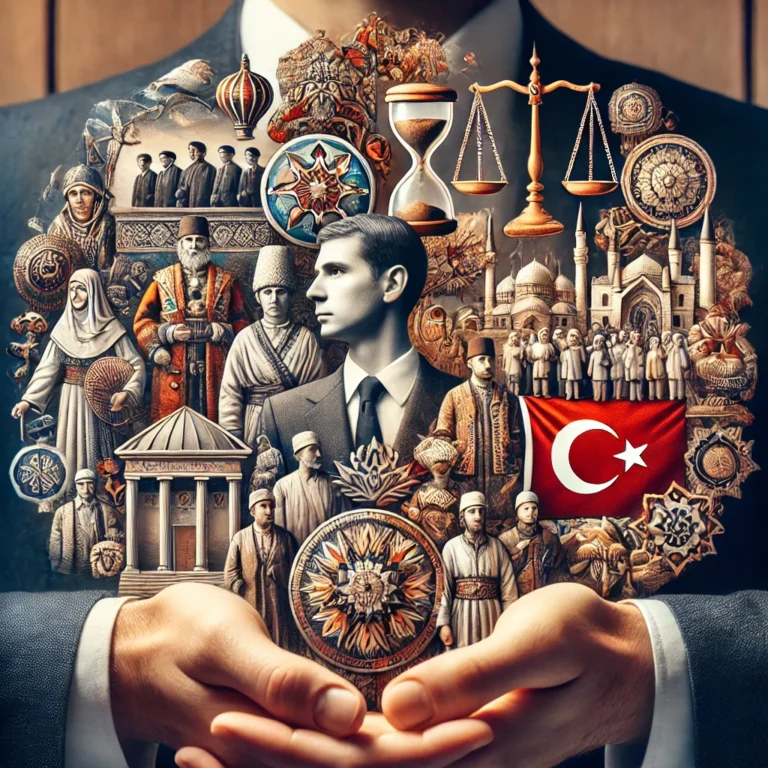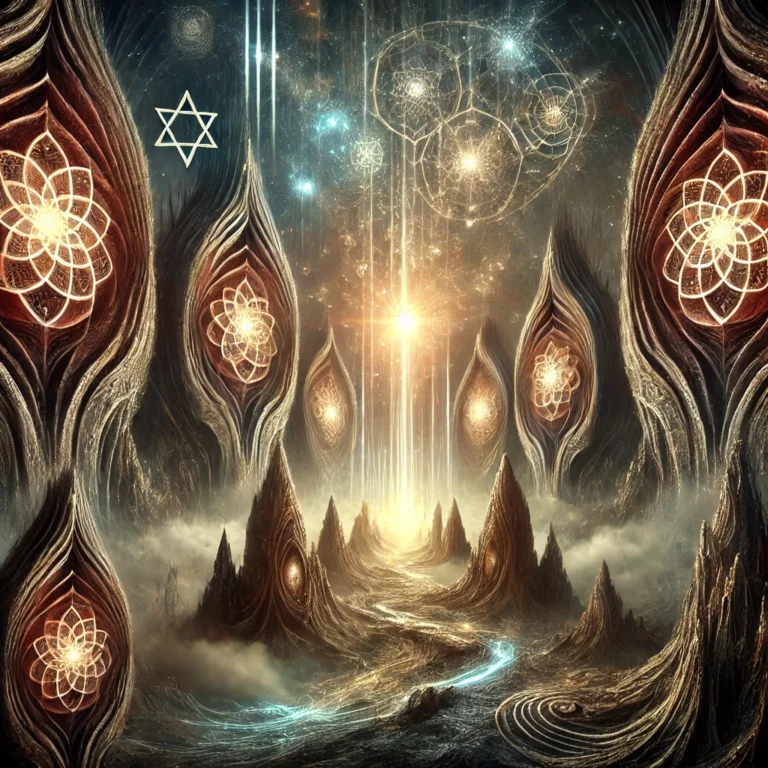
Welcome to the fascinating world of Örviri, where myths and history intertwine to create an enduring cultural tapestry. This Icelandic legend has captivated hearts and minds, offering a glimpse into a realm where the supernatural and natural coexist. In this article, we’ll explore the origins, significance, and modern-day impact of Örviri, giving you a richer understanding of its place in Icelandic folklore and beyond.
The Origins and Historical Significance of Örviri
Örviri has deep historical roots in Iceland, dating back centuries. This myth is thought to have originated from the unique Icelandic landscape, with its volcanic mountains, glacial rivers, and mystical auroras that inspire tales of supernatural beings. Icelandic lore has passed down the essence of Örviri through generations, blending natural events and spiritual beliefs into a narrative that persists today.
This legend’s development may have also drawn from Iceland’s Viking past. Örviri is often linked to the gods, giants, and other powerful beings in Norse mythology, mirroring the awe and reverence Icelanders hold for nature. Over time, the lore of Örviri has come to represent both a protection against malevolent forces and a celebration of Iceland’s connection to its rugged environment.
Symbolism and Spiritual Significance of Örviri
Örviri embodies powerful symbols in Icelandic culture, often viewed as a bridge between humanity and nature’s mysteries. In Icelandic belief, Örviri is not just a myth; it’s a spiritual symbol that represents protection, resilience, and harmony with the elements. Many regard it as a guardian figure, watching over the land and its people.
The symbolism often features an upward-pointing arrow with horizontal lines representing the sky, earth, and sea—a unified symbol of nature’s interconnected forces. This depiction reinforces Örviri as a holistic protector, drawing power from each of nature’s realms to offer guidance and safety.
Örviri in Modern Icelandic Festivals and Celebrations
While ancient myths may feel distant to some, Örviri remains alive and celebrated in Icelandic festivals. Festivals like the Winter Lights Festival and the National Day include nods to Icelandic folklore, and Örviri often appears in the stories shared during these gatherings. Some festivals honor Örviri with traditional music, storytelling sessions, and even artistic interpretations that invite both locals and visitors to reconnect with Iceland’s mythical past.
Through these celebrations, the spirit of Örviri thrives in modern society, reminding people of the cultural roots that shape their identity. These festivities also serve as an opportunity to educate younger generations, ensuring that the lore of Örviri endures.
Myths vs. Historical Evidence: Separating Fact from Fiction
Myths surrounding Örviri often blur the line between reality and fantasy. Archaeological findings and historical artifacts, however, have shed some light on the ancient customs linked to this legend. Certain artifacts discovered in Iceland, such as carved stones and rune symbols, appear to echo the protective qualities attributed to Örviri.
Historians and archaeologists debate whether Örviri was an actual object or purely symbolic. Some speculate that it was once a physical talisman used to guard against malevolent forces, while others view it as a purely spiritual concept. Despite these debates, the legend continues to occupy a significant place in Icelandic history and belief.
The Role of Örviri in Icelandic Art and Music
Örviri’s impact goes beyond tales and festivals; it also resonates in Icelandic art and music. Artists and musicians have long drawn inspiration from the myth, creating works that capture its essence. Traditional Icelandic songs, for example, often reference Örviri as a protector, while contemporary artists reimagine its symbol in paintings, sculptures, and music videos.
Musicians incorporate the themes of protection and resilience in their lyrics, tying Örviri to Iceland’s unique cultural identity. Art galleries across Iceland often showcase pieces that depict Örviri’s symbol, bridging the gap between ancient beliefs and modern creative expression.
Environmental Influence on the Örviri Myth
Iceland’s environment has likely influenced the development of the Örviri legend. Iceland’s breathtaking yet formidable landscapes—volcanoes, geysers, and glaciers—encourage stories of powerful beings. Örviri reflects this relationship with the land, portraying a force capable of navigating and protecting people against the challenges of nature.
As Icelanders lived through harsh winters, volcanic eruptions, and other natural phenomena, they may have attributed their survival to protective spirits like Örviri. This belief helped foster a deep respect for the land, and Örviri became a symbol of that reverence, embodying Iceland’s fierce but nurturing environment.
Örviri in Global Media: Movies, Books, and Games
Though Örviri is rooted in Iceland, its influence has crossed borders, appearing in global media. Fantasy books, movies, and games often draw inspiration from Norse mythology, and Örviri occasionally surfaces in these depictions. Its symbol, in particular, appears in fantasy settings, serving as a reminder of Iceland’s contribution to global folklore.
These portrayals add to the myth’s allure, attracting international audiences to Icelandic folklore. As people around the world discover Örviri through media, the myth expands beyond Iceland’s borders, fostering appreciation for its cultural richness.
Comparing Örviri to Similar Entities in Other Cultures
The myth of Örviri shares similarities with other protective legends globally. For example, in Celtic folklore, creatures like the banshee serve as protectors or warnings, while in Japanese culture, the tengu spirits guard against misfortune. These comparisons highlight universal themes in mythology: protection, reverence for nature, and the presence of guiding spirits.
While each culture has unique beliefs, the parallels suggest a shared human fascination with guardianship and the supernatural. By exploring Örviri alongside these entities, we can see the universal nature of myth, connecting diverse cultures through storytelling.
The Psychological Impact of Örviri on Icelandic Identity
Myths are powerful tools in shaping identity, and Örviri plays a role in Icelandic self-perception. The belief in a protective force offers comfort and a sense of belonging, strengthening the bond between Icelanders and their environment. For many, the tale of Örviri represents resilience, courage, and harmony with nature—qualities deeply embedded in Icelandic culture.
These themes also reinforce the connection between past and present. By keeping Örviri’s story alive, Icelanders maintain their cultural heritage, fostering a sense of pride and continuity through their folklore.
Örviri’s Place in Contemporary Society
Despite its ancient origins, Örviri remains relevant today. Many Icelanders still honor this myth in personal and public ways, whether through storytelling or participating in cultural events. The legend serves as a reminder of the need to preserve Iceland’s natural beauty, aligning with modern values of conservation and environmental awareness.
In contemporary Icelandic society, Örviri’s legacy endures as a cultural and spiritual symbol. Its presence in art, music, and folklore keeps it rooted in daily life, bridging the ancient and modern worlds.
Legends and Stories: Timeless Tales of Örviri
The stories of Örviri are as timeless as they are captivating. Tales of heroic battles, star-crossed lovers, and brave quests reflect the emotions and experiences of Iceland’s people. These stories serve as moral lessons, inspiring values like bravery, love, and loyalty.
One popular legend speaks of an Icelandic hero who, with Örviri’s guidance, overcame insurmountable odds to protect their village. Another tale tells of a forbidden romance protected by Örviri’s magic, allowing two lovers to find peace. These stories, though fantastical, resonate with universal themes that speak to the human experience.
Conclusion: The Enduring Allure of Örviri
Örviri is more than a myth; it’s a legacy, a protector, and a reminder of Iceland’s rich cultural heritage. From its origins in Iceland’s awe-inspiring landscapes to its continued presence in art, music, and folklore, Örviri holds a special place in Icelandic identity. Its legend, symbol, and stories offer both comfort and a connection to nature that transcends time.
In a world that often moves away from tradition, Örviri is a reminder to stay rooted, to honor the land, and to appreciate the unseen forces that guide us. The myth of Örviri speaks to the universal need for protection, resilience, and understanding—qualities that bind people across cultures.
As Iceland and the world continue to celebrate this legendary figure, Örviri’s tales will inspire and resonate, preserving a piece of Iceland’s soul for generations to come.






